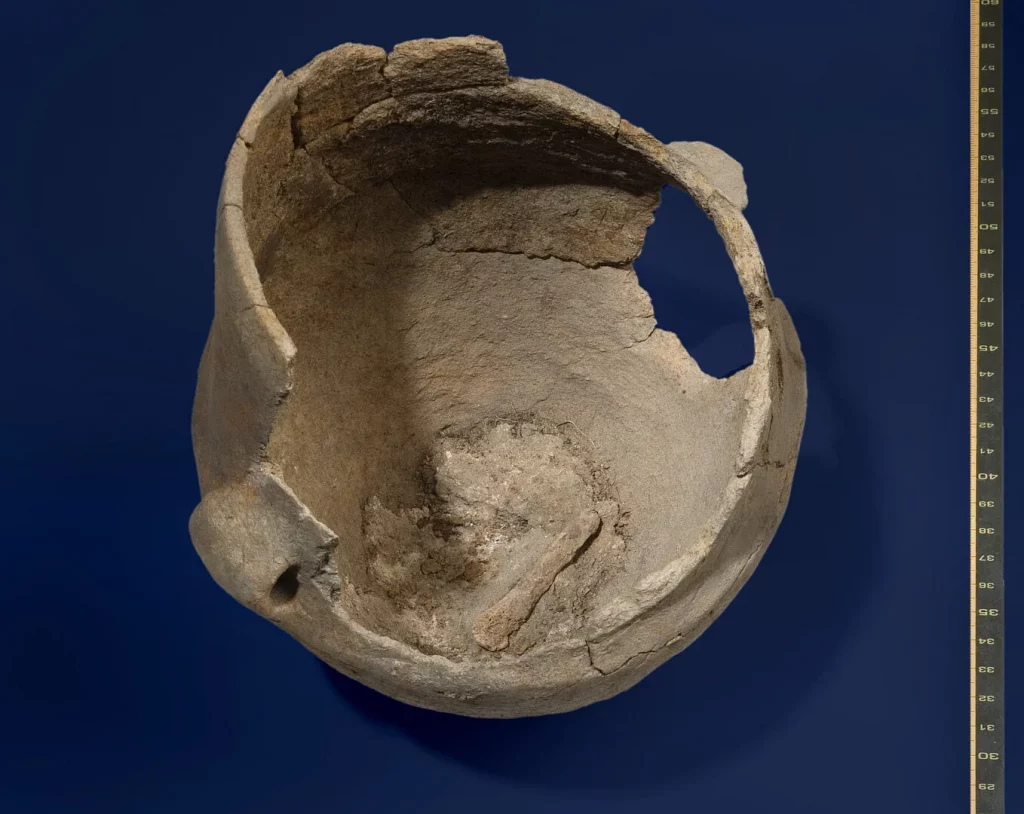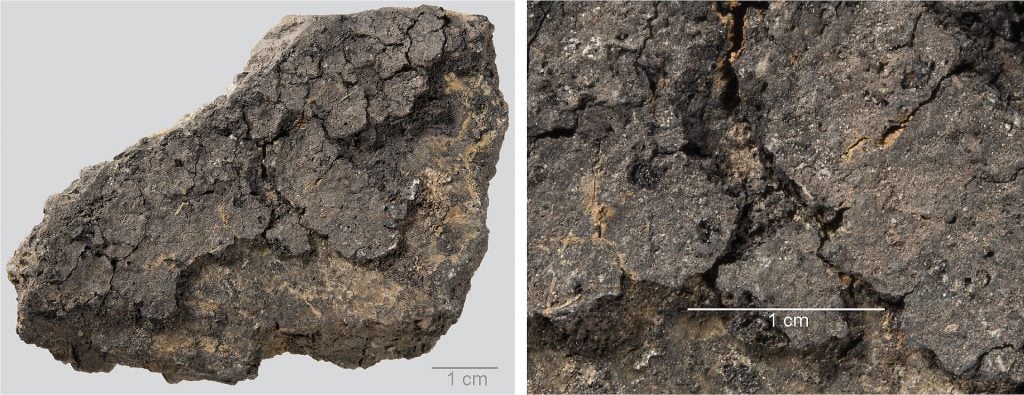Archaeology & History
5,000-Year-Old Porridge Is Found in Ceramic Vessels
Researchers in Germany found ancient leftovers.

Researchers from the Collaborative Research Centre at Kiel University in Germany examined burned food residue on 5,000-year-old ceramic vessels from Schleswig-Holstein. In the process, they not only learned ancient humans from the region knew how to make porridge, but also that—much like their modern counterparts—they sometimes forgot to take it off the stove in time.
The researchers used electron microscopy scans to expose the residue’s chemical composition. The resulting study, produced in collaboration with Dutch and German paleobotany research firms BIAX Consult and Kenaz Consult & Laboratory, and published in the scientific journal PLOS ONE on January 19, shows that the vessels, which were previously thought to contain dairy products, were used to cook cereals. This, by extension, suggests grains and other plants played a major role in the prehistoric German diet.
This diet turns out to have been highly varied and nutritious. “The ‘food crusts’ contained tissue remnants of emmer and barley grains, as well as seeds from the white goosefoot, a wild plant that grows as a weed and ruderal plant and produces many starchy seeds,” Kiel University archeologist Wiebke Kirleis, the study’s lead author, explains in a post published on the university’s website.

A 5000-year-old burnt food crust on a ceramic sherd from Oldenburg LA 77. Photo: © Agnes Heitmann, Kiel University
The post goes on to note that barley was harvested and prepared in much the same way that contemporary German farmers produce green spelt, plucking and processing the grain when it is in a sprouted state. According to the authors, this would have given the prehistoric porridge a sweet flavor, challenging the notion that prehistoric food was bland and barebones, while indicating that prehistoric people had a “highly differentiated sense of taste.”
Extracting all this information from the ceramics was not easy. Co-author Lucy Kubiak-Martens of BIAX Consult explains that, while animal fats are absorbed into the vessels and leave lasting traces, plant food components deteriorate and disappear unless carbonized.
In other words: if ancient humans had not accidentally burned their delicious porridge, we might not have known they knew how to make it in the first place.





